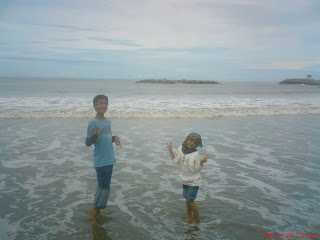Secrets of Success

The secrets of success in comparing alternative designs are to obtain sufficiently realistic data & to use an appropriate method of economic analysis. These seemingly simple requirements are not satisfied without some careful effort; there are many examples, published & otherwise, which violate these principles & therefore produce results which are likely to be misleading. The scope for error multiplies with the size & complexity of the alternatives; short-cuts & doubtful assumptions may be tolerated for low investments in small items of equipment, but are liable to produce serious errors when entire ships or major systems are being compared. Some of the most common pitfalls include:
1. Emphasis on costs alone rather than the difference of income minus costs, i.e., profit;
2. Failure to recognize that the engineer is usually more concerned to evaluate differences correctly than absolute values;
3. Failure to distinguish between differences which separately influence earning capacity or payload, either from mass or from volume considerations;
4. Failure to establish a sufficiently realistic model or ship operation, e.g., by implicitly assuming that ships carry 100% payloads 100% of the time, or by not recognizing that some ships operate at constant speed, while others operate at constant power or constant fuel consumption;
5. Failure to consider the whole life service of the design, in particular any fall-off in performance & increase of operating costs with time;
6. Failure to include 2nd-order effects, e.g. reduced fuel consumption not only reduces costs but also fuel load which may enable more cargo to be carried;
7. Confusion over treatment of depreciation; it is not an item of expenditure but a book-keeping & tax calculation device;
8. Failure to take account of financial complexities in cases where these are significant (e.g., cheap loans, accelerated depreciation, investment grants, or taxation) although they do not usually alter the order of merit of technical alternatives.
Comments